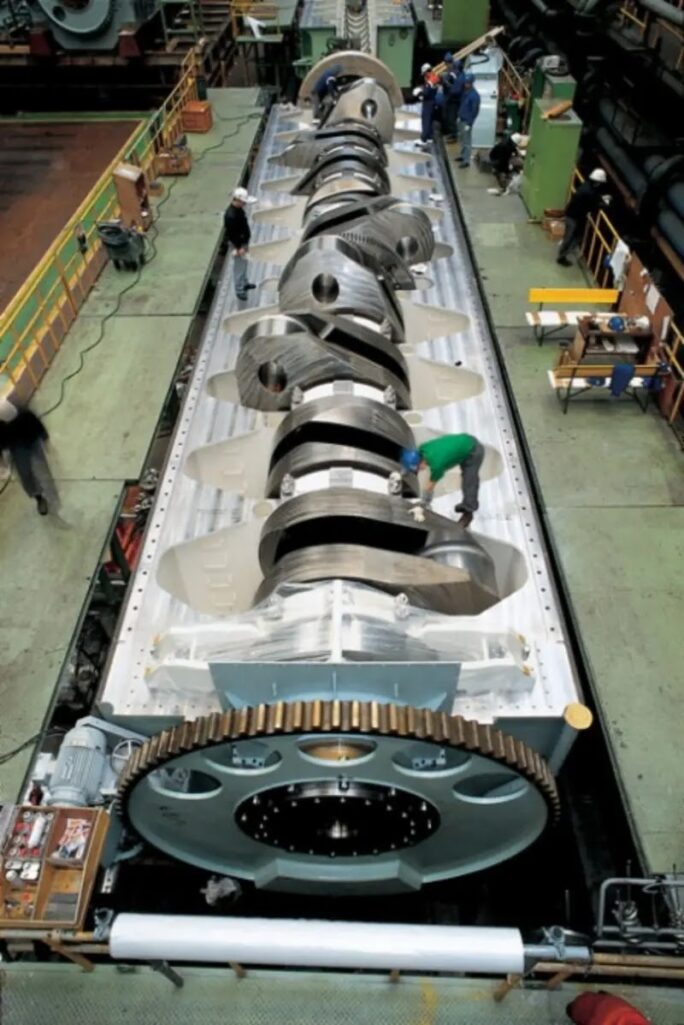
The fourteen cylinders of the RT-flex96C, built in Finland, can create 107,389 HP and more than 7,000,000 Nm of torque, enough to power an entire suburban town.
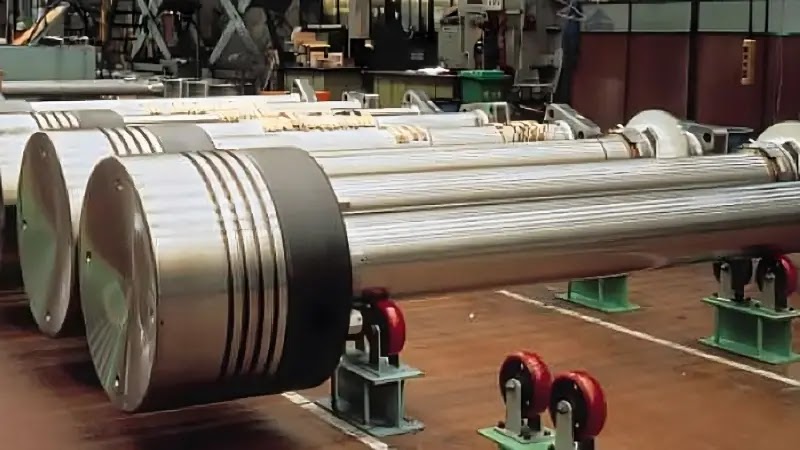
The engine weighs 2,300 tons, is 44 feet (13.4 m) tall, and 90 feet (27.4 m) long — taller than a four-story building. The redline is 102 RPM, but the torque is enough to rip a tank apart.
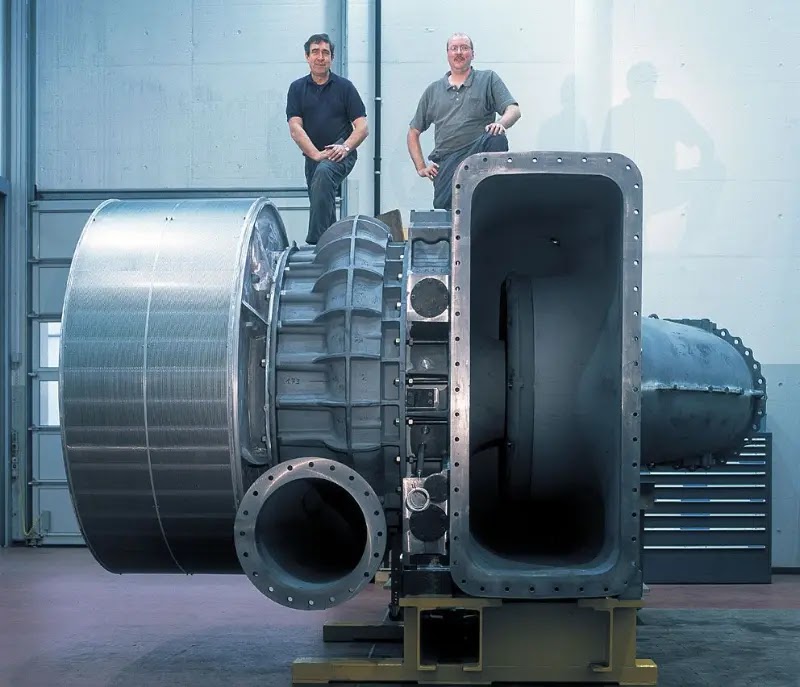
How’s that for a turbocharger?
Each of the 14 built-in cylinders consumes 6.5 ounces (184 gram) of fuel in a single cycle that generates 5700 kW of power. That may appear to be a lot, but the engine is really quite efficient and one of the least polluting of its kind.
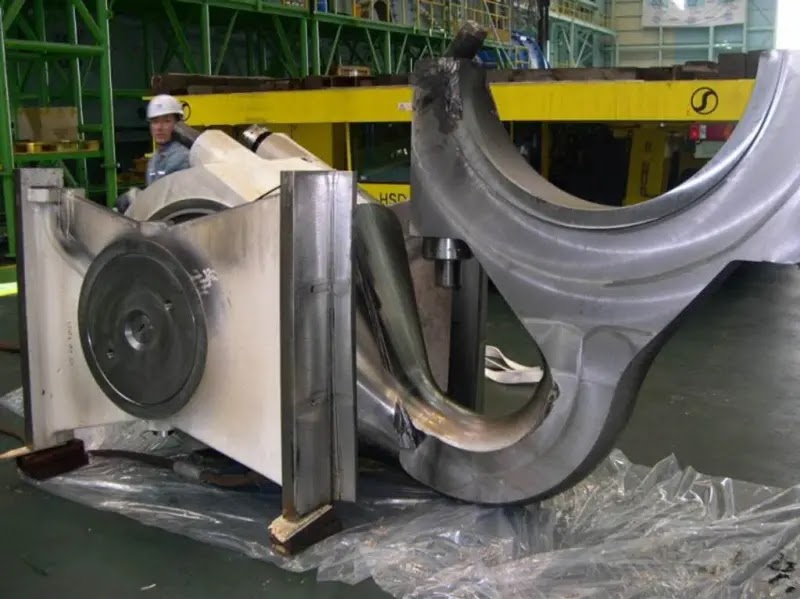
You might be wondering what type of giant need that much electricity. The Wärtsilä RT-flex96C engine was fitted and ultimately set sail aboard the Emma Mrsk in 2006, a cargo ship capable of carrying 11,000 20-foot (6 m) shipping containers at a rapid speed of 31 knots (57.4 km/h 35.7 mph), when most other ships in her class cruise at 20 knots (37 km/h 23 mph).
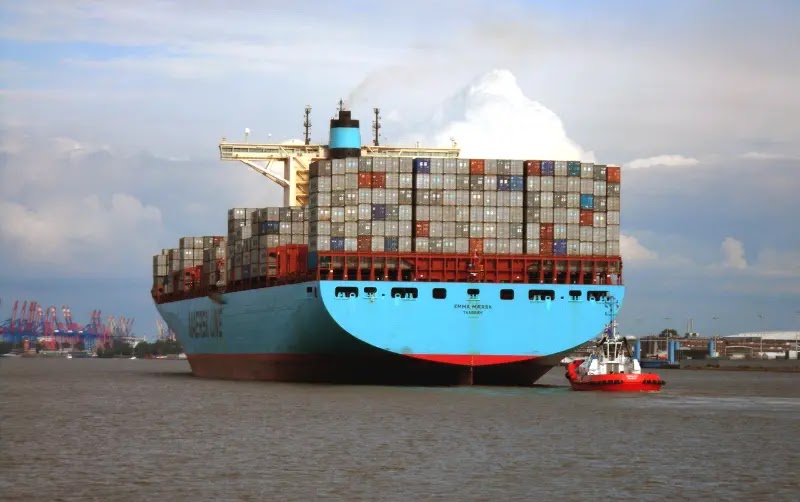
The ship transports cargo from China to the United States regularly, and it may deliver four days earlier than its competitors, saving a significant amount of money. There are already 25 such engines operating in the world’s seas, with an additional 86 on the way.
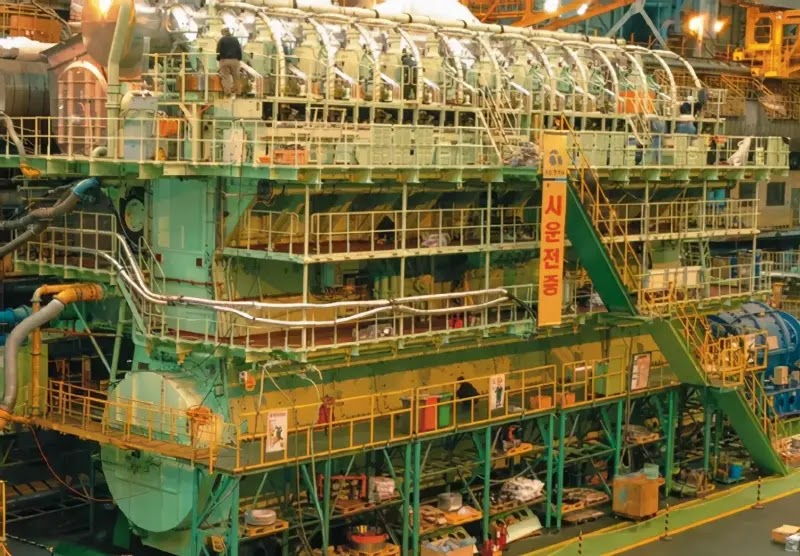
Overall, this is one of the most incredible works of human engineering.
No comments:
Post a Comment